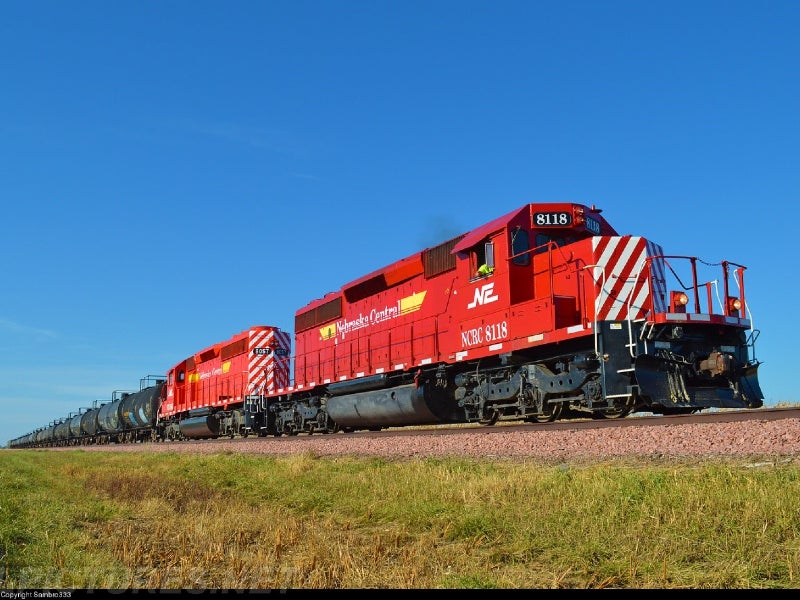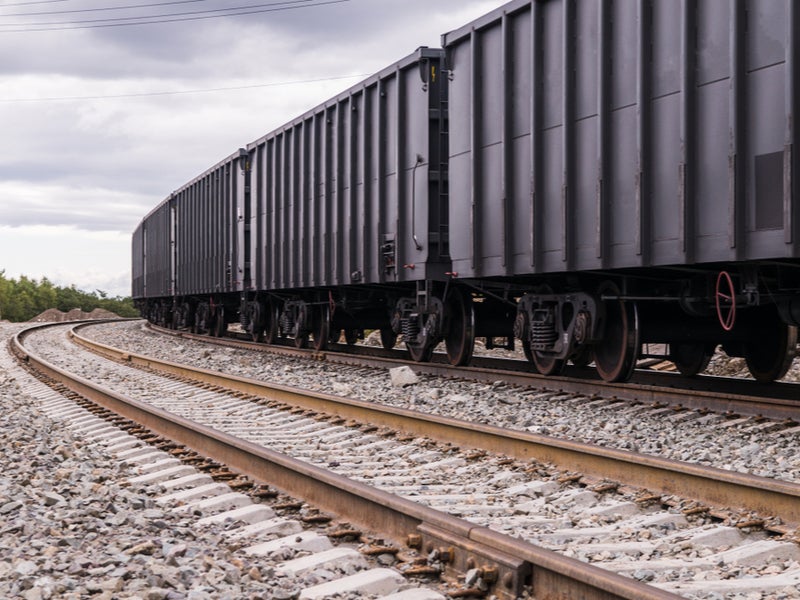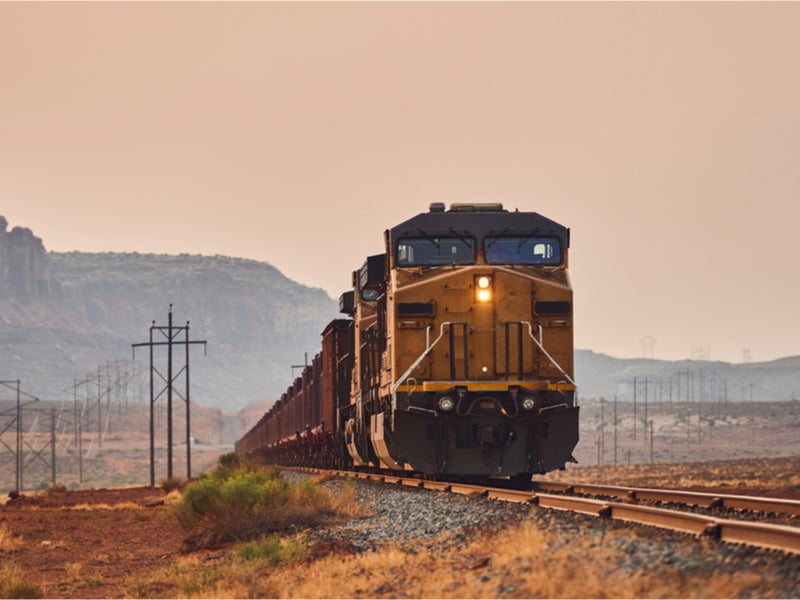The Uinta Basin Railway project involves the development of a new freight line that will provide the first common-carrier railway service to the Uinta Basin region in the state of Utah, US.
The project is aimed at connecting the various industries in the Uinta Basin to the national rail network and creating cost-effective additional transportation infrastructure in the basin. It is expected to reduce congestion on the highways and improve the safety of goods transportation.
It secured the final approval from the Surface Transportation Board, an independent adjudicatory board under the US Department of Transportation, in December 2021.
The approval came after the Surface Transportation Board’s Office of Environmental Analysis (OEA) prepared the final environmental impact statement (EIS) for the project in August 2021.
The project is estimated to generate 100 new railway jobs in the Duchesne, Carbon, and Uintah counties and up to 300 additional indirect and induced jobs.
Uinta Basin project partners
The project partners responsible for the development of the rail line include Seven County Infrastructure Coalition, Drexel Hamilton Infrastructure Partners (Drexel Hamilton), and Rio Grande Pacific.
The Seven County Infrastructure Coalition, which comprises seven counties in Utah, focuses on sustainable infrastructure projects. Its role in the project includes planning, studies, and obtaining approvals. Rio Grande Pacific will operate and maintain the proposed rail line.
The Uinta Basin Railway project was initiated by the Seven County Infrastructure Coalition in 2018.
Uinta Basin Railway project details
The Uinta Basin Railway project will include an 85-mile (136.7km)-long single line extending between two terminus points near Myton city in Duchesne county, and Leland Bench in Uintah county, and an existing rail line of the Union Pacific Railroad near Kyune, Utah.
Three routes were identified for the freight line including an Indian Canyon alternative, a Wells Draw alternative, and a Whitmore Park alternative. The Whitmore Park alternative was named the preferred option due to its reduced environmental impact when compared to the other two routes.
The line is expected to be made of continuously welded steel rail supported by steel, timber, or concrete ties.
The line is not expected to be electrified as it would result in a higher investment associated with electrification, which could render the project infeasible.
Construction of the Uinta Basin Railway
Temporary access roads will be built to access the rail embankment and tunnel portals, as well as bridge and drainage structures during the construction period.
The project will also involve the construction of permanent access roads to provide access to rail sidings and long tunnels during operations.
The width of the railbed is expected to be between 10ft (3.04m) and 20ft (6.09m) from the centreline to the edge of the subballast. The railway track is proposed to be built on approximately 12 inches of subballast and eight inches of ballast.
Construction will be undertaken using aggregate and rock materials from existing Utah Department of Transportation (UDOT)-certified quarries, and ballast material from an existing quarry near Milford, Utah, or from other quarries near Granite Canyon, Wyoming, and Carr, Colorado.
The time taken to complete the construction is expected to range between 20 and 28 months, depending on the weather conditions.
Operation details of the Uinta Basin Railway
The rail line is expected to primarily transport crude oil from the Basin to markets across the country. Other industries that will also be served by the line include mineral, energy, agricultural, construction, and manufacturing.
The number of trains that will operate on the line is estimated to range between 3.68 and 10.52 trains a day on average. Each crude oil train is expected to include approximately 110 oil tanker cars and have a length of up to 10,000ft (3,048m), including locomotives and buffer rail cars.
Each train is expected to be powered by eight locomotives rated at between 4,300hp and 4,400hp.
The line is estimated to transport between 130,000 and 350,000 barrels of oil per day
Financing for the Uinta Basin Railway
Drexel Hamilton will be responsible for financing, developing, and constructing the Uinta Basin Railway project.
The investment required to complete the project is estimated to be between $1.2bn and $1.5bn, including the construction, operation, and maintenance of the project.
The Utah Permanent Community Impact Fund Board provided $27.9m in public funding for the planning and study of the railway project.
Contractors involved
Aecom, an engineering firm based in the US, was selected for the final design of the railway project, excluding tunnels, in May 2022.
A joint venture (JV) between Swedish construction company Skanska and US-based company WW Clyde was engaged to construct the railway project, excluding tunnels.
Obayashi, a Japanese construction company, received a contract to provide the final design and construction of the tunnels for the project.
Jones & DeMille Engineering, a civil engineering firm based in the US, helped in procuring consultants to conduct conceptual design, environmental and freight analysis, public outreach, and operations and maintenance analysis. It was also responsible for project management of the work performed by the consultants, analysing multiple routes, and conducting topographical surveys of the preferred routes.





